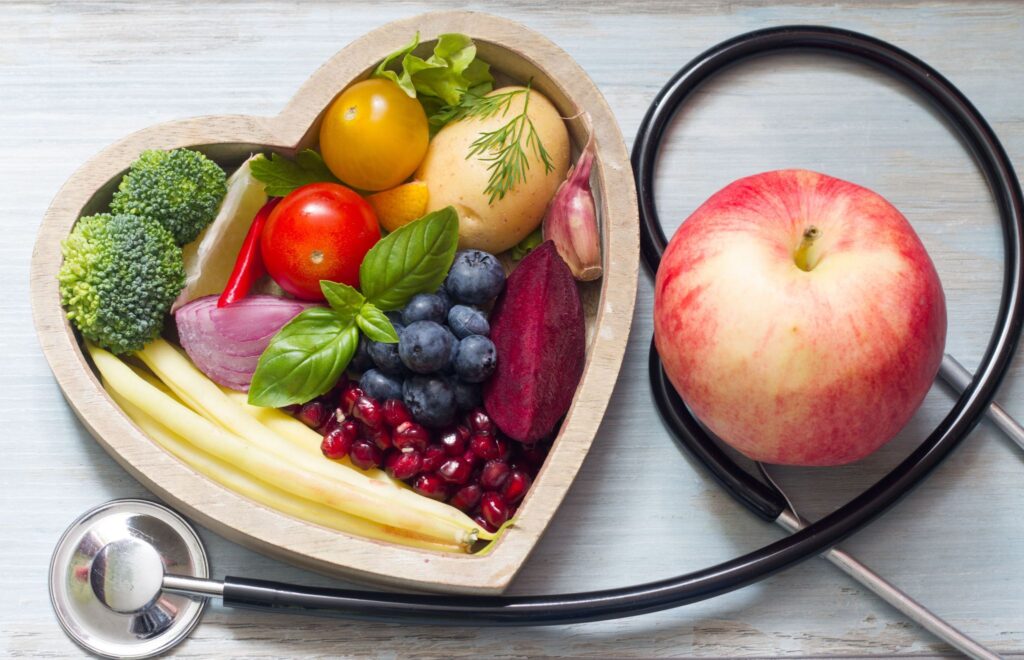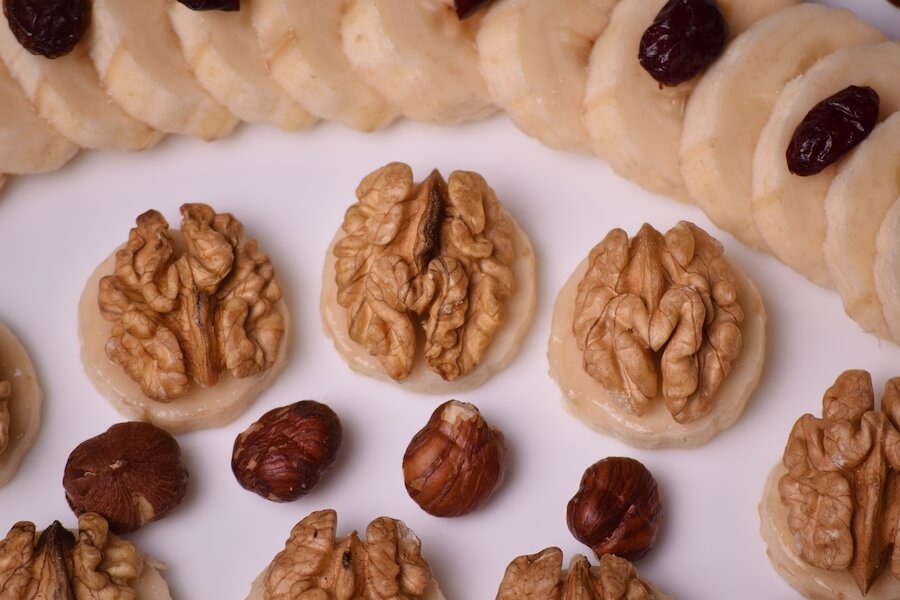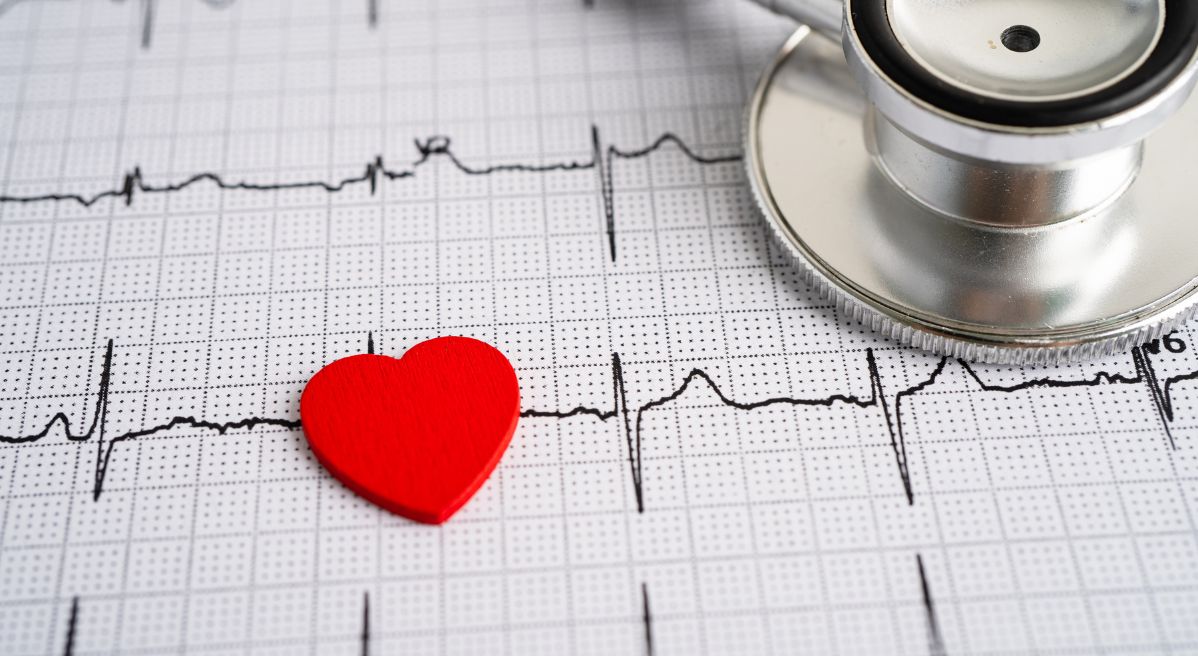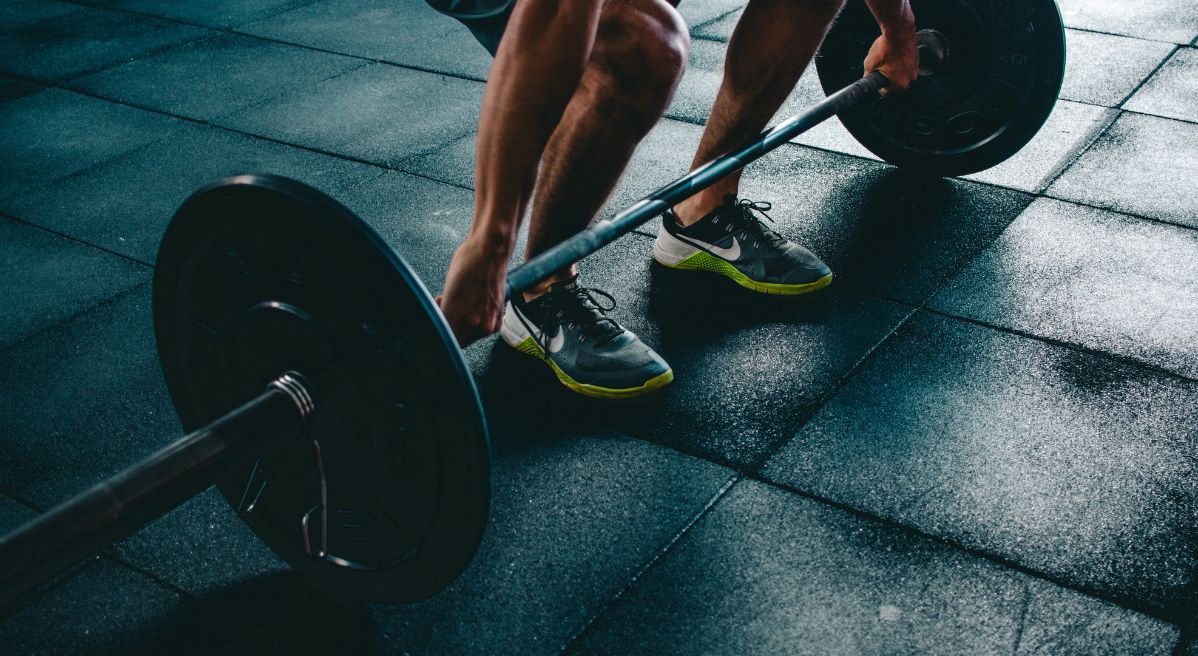Nutrition after a heart attack and stent implantation plays a key role in the recovery of the heart muscle. Therefore, after a heart attack, it is necessary to introduce a new way of eating that will contribute to the reduction of inflammatory processes in the body and prevent the deposition of atherosclerotic plaque in the arteries.
Patients recovering from a heart attack should eat only freshly prepared food, cooked or grilled without the use of fat. Fresh spices such as parsley, cinnamon, and garlic should be added to the meals, but this should also be moderate. Three main meals should be introduced, which should by no means be abundant. Dinner is recommended at least two hours before bedtime. Taking liquids, mostly water, is advised before a meal or an hour after it. Intake of coffee and tea should be moderate.
Heart attack and stent implantation
Myocardial infarction is a life-threatening condition that occurs due to a sudden obstruction of blood flow to the heart, which leads to the death of heart muscle cells (necrosis). After a heart attack, as a consequence, a scar remains on the heart, which weakens the heart’s functions to a greater or lesser extent. Sometimes it is necessary to implant a stent during the emergency treatment of a myocardial infarction. An important therapeutic measure in such patients is the introduction of a healthy diet.
After a heart attack, the most important thing is to eat healthy:
– Lower blood cholesterol and blood pressure
– You contribute to feeling healthier and have more energy
– Regulate your body weight if necessary
-Reduce the chances of developing diabetes or to establish better control of blood sugar levels
This reduces the risk of another heart attack.
Nutrition after a heart attack and stent implantation – 5 tips for choosing foods
Vegetables and grains – Eat lots of vegetables, fruits and whole grains (brown rice, whole grain bread and cereals). Introduce daily 5 servings of vegetables and 2 servings of fruit.
Protein – Eat a variety of healthy protein-rich foods throughout the week. For example, the menu should include: eggs, lean chicken, turkey, fish and seafood, and legumes (beans and lentils). Eat red meat less often (1-3 times a week) and avoid meat products. Fish should be consumed three times a week.
Dairy products – Choose semi-skimmed milk, yogurt and cheese.
Fats – Eat healthy fats such as olives, avocados, nuts and seeds and cooking oils made from these foods.
Spices instead of salt – Use fresh herbs and spices for flavor and leave out the salt.
Foods rich in antioxidants
This food is rich in antioxidants, vitamins C, E, selenium, lycopene, omega-3 acids and beta-carotene, which prevent cell damage by neutralizing free radicals and are therefore important in the diet after a heart attack and stent implantation.
Vitamin C is found in bell peppers, broccoli, oranges, lemons, kiwi, strawberries…
Vitamin E is found in sunflower seeds, peanuts, almonds…
Lycopene is found in tomatoes, watermelons, carrots, mangoes…
Beta-carotene is found in carrots, green leafy vegetables, red sweet peppers, apricots…
Selenium is found in fish, seafood, and red meat
Omega-3 fatty acids are found in tuna, salmon, herring, but also in flaxseed
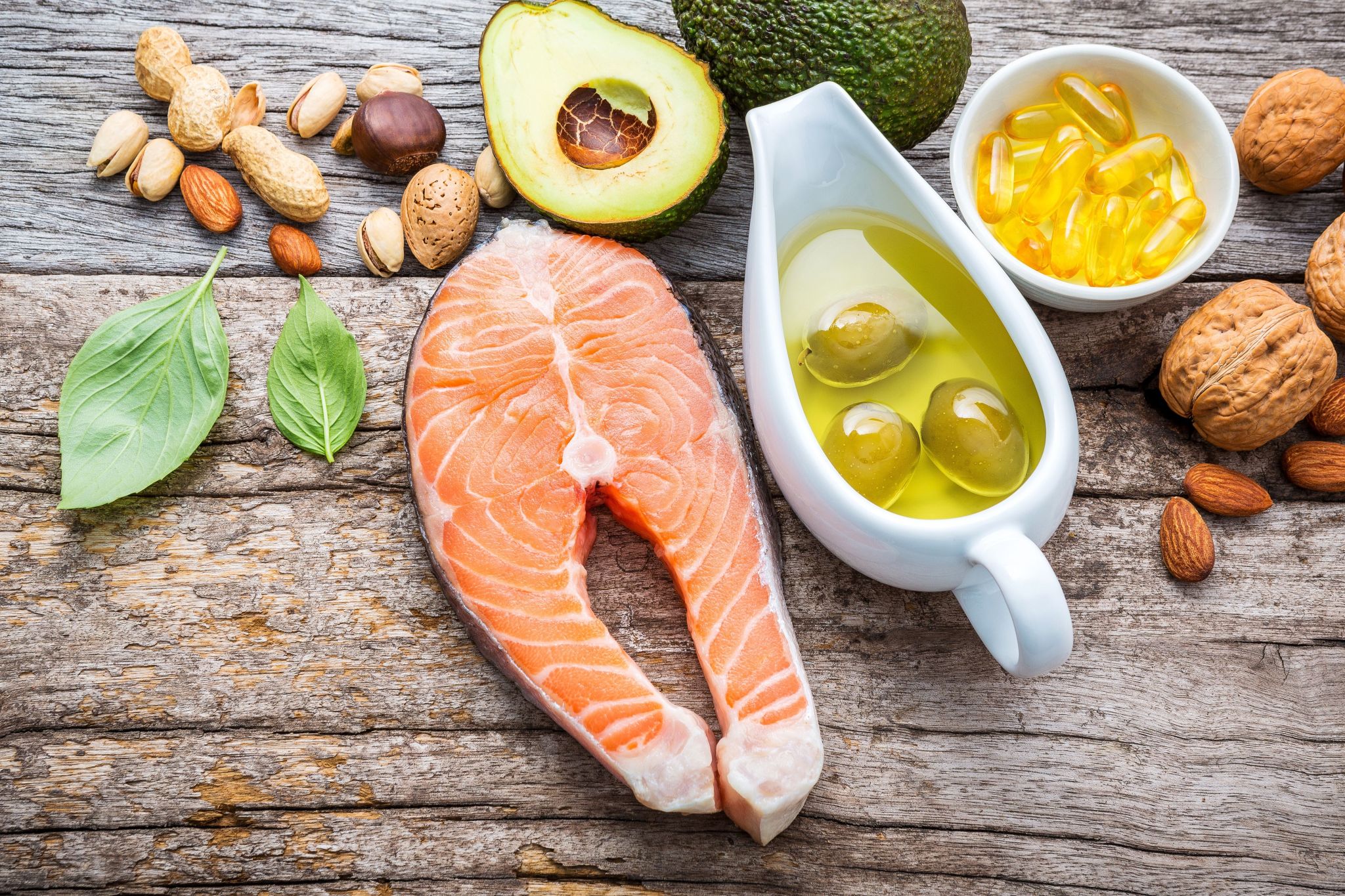
What should the plate look like after a recumbent heart attack?
Try to fill half of your plate with vegetables or salad, a quarter of your plate with protein food (about the size of your palm) and a quarter of your plate with carbohydrates – ideally integral (such as rice, pasta, potatoes, corn).
Why should you eat as little salt as possible after a heart attack?
Salt is good for the body in small amounts, but too much salt can cause a spike in blood pressure. Try not to take more than 5 grams of salt in a day – that’s less than a teaspoon.
Since 75% of the salt we eat is found in processed foods, even in bread and pasta, it means that salt should be replaced with tasty spices or added minimally.
What is not allowed in the diet after a heart attack?
To reduce the amount of bad fat, salt and sugar in your diet, limit or avoid eating the following foods:
– Pastries, cakes, muffins, biscuits, ice cream, milk chocolate;
– Processed meat, such as ham, bacon, sausages, hot dogs, canned food, hamburgers, pizza, snacks, pasta, fried chicken, industrial sauces;
– Refined oils, margarine, mayonnaise;
– Whole milk and milk products
– Salty snacks
– Fried, fried, fatty
– Carbonated, sweetened drinks
After a heart attack, alcohol should be excluded from the diet
Drinking large amounts of alcohol can increase your risk of developing high blood pressure, high cholesterol, heart disease, stroke, and other health problems. The doctor’s recommendation is to stop drinking alcohol.

